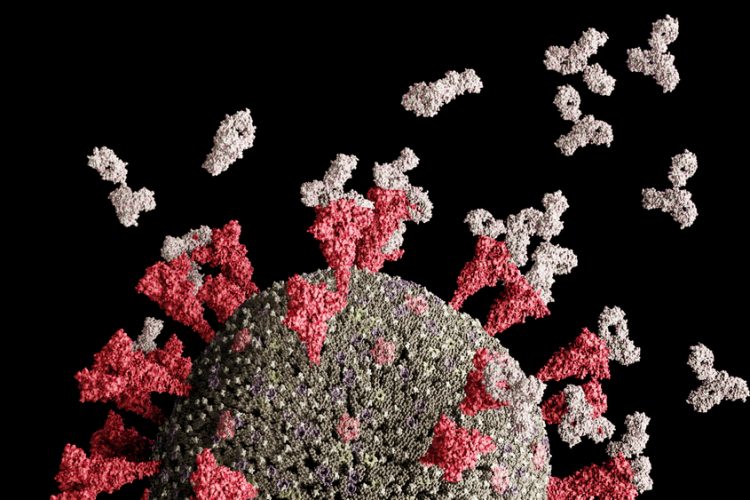Bamlanivimab and etesevimab prevent COVID-19 related deaths
Posted: 11 March 2021 | Hannah Balfour (European Pharmaceutical Review) | No comments yet
In a high-risk patient cohort, treatment with the combination of bamlanivimab and etesevimab reduces COVID-19 related hospitalisation and death by 87 percent.


New results from a Phase III trial reveal that the combination of Eli Lilly’s monoclonal antibodies bamlanivimab (LY-CoV555) 700mg and etesevimab (LY-CoV16) 1400mg reduced COVID-19-related hospitalisations and deaths by 87 percent in high-risk patients recently diagnosed with the disease.
The BLAZE-1 study is a randomised, double-blind, placebo-controlled trial. The new cohort included 769 high-risk patients, aged 12 and older, with mild to moderate COVID-19. Of these patients, 511 received the antibody therapy and 258 took placebo. There were four hospitalisations in patients taking bamlanivimab and etesevimab, compared to 15 hospitalisations or deaths in patients taking placebo, representing an 87 percent risk reduction. Overall, there were four deaths in the cohort, all of them were deemed COVID-19 related and occurred in the placebo group.
Across the two Phase III cohorts of the study that have been analysed to date, there have been no deaths in patients treated with bamlanivimab and etesevimab and 14 in patients receiving placebo, 13 of which were deemed COVID-19 related. The safety profile of the antibody therapy in the new cohort was shown to be consistent with observations from other trials evaluating the antibodies.
The new results add to the existing efficacy and safety data that recently supported Emergency Use Authorisation (EUA) of the treatments by the US Food and Drug Administration (FDA), a positive opinion by the European Medicines Agency (EMA)’s Committee for Medicinal Products for Human Use (CHMP) and the National Institutes of Health to recommend the therapy’s use in its COVID-19 Treatment Guidelines.
“These positive results reinforce our previous findings and support the authorised dose of bamlanivimab 700mg with etesevimab 1400mg,” said Dr Daniel Skovronsky, Lilly’s chief scientific officer and president of Lilly Research Laboratories. “The consistent results observed in multiple cohorts of this trial over several months, even as new strains of COVID-19 have emerged, indicate bamlanivimab with etesevimab maintains its effects against a range of variants, particularly those circulating in the US.”
EMA kicks off a rolling review of bamlanivimab and etesemivab
The EMA’s CHMP has begun a rolling review of data on the combination of bamlanivimab and etesemivab as a treatment for COVID-19. The review will also look at bamlanivimab used alone.
The decision to start the rolling review is based on preliminary results from two studies, one looking at the ability of the medicines to treat COVID-19 when combined, the other one when bamlanivimab is used alone.
The committee has started evaluating the first batch of data, which comes from preclinical animal studies. It will continue to assess further data, including evidence from clinical trials, as they become available. The rolling review will continue until enough evidence is available to support formal marketing authorisation applications.
As part of the review, the EMA will also assess the medicine’s compliance with the usual standards for effectiveness, safety and quality. As a result of the work undertaken during the rolling review, the timeline for a decision on eventual MAAs should be quicker.
Related topics
Antibodies, Biologics, Clinical Trials, Drug Safety, Regulation & Legislation, Therapeutics, Viruses
Related organisations
Eli Lilly and Company, EMA's Committee for Medicinal Products for Human Use (CHMP), National Institutes of Health (NIH), US Food and Drug Administration (FDA)









